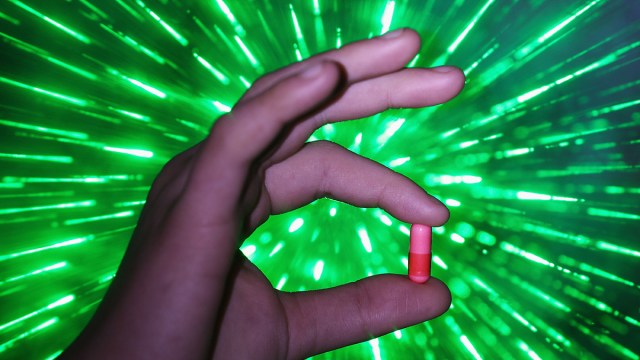The most dangerous object known to humanity
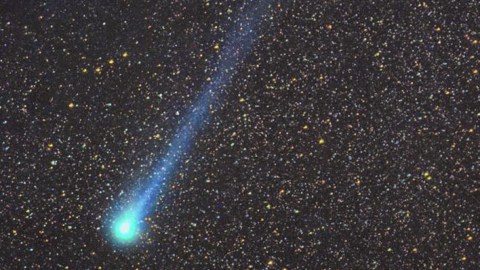
If you gazed up at the Perseids, you’ll want to appreciate the fact that we’re still here.
“Honestly, if you’re given the choice between Armageddon or tea, you don’t say ‘what kind of tea?” -Neil Gaiman
Every August, the Perseid meteor shower delights skywatchers everywhere. While some years it’s a disappointment, either being washed out by a bright Moon or delivering a relatively sparse stream of particles for Earth to collide with, other years the show is spectacular. This year, in particular, a minor but significant enhancement is occurring: the orbit of Jupiter gravitationally influenced the stream of particles we’re colliding with, causing the center of the stream to collide with Earth (rather than the outskirts). Although many of us will enjoy the 50%-or-so enhancement in the rate of meteors, it brings up an uncomfortable reality: it’s possible that one day Jupiter will gravitationally influence the comet that gives rise to this meteor shower, and cause it to collide with Earth.
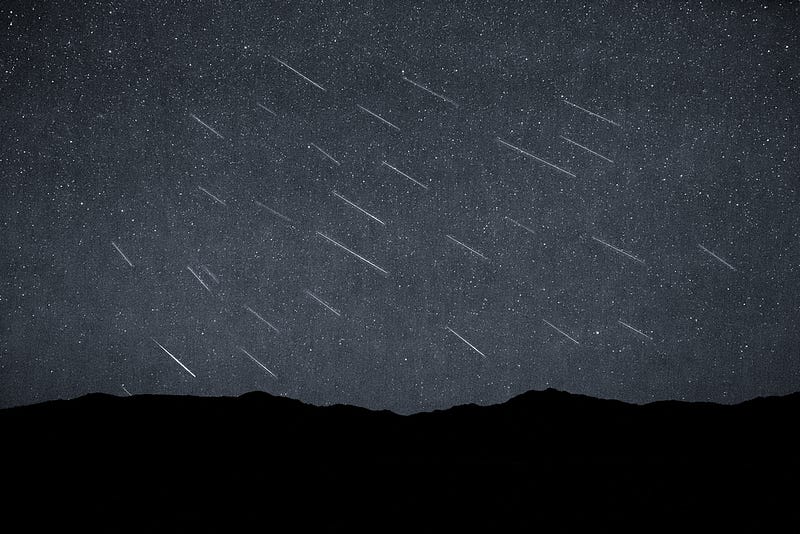
First, the good news: the motions of planets and comets are very well calculable, and this particular comet — 109P/Swift-Tuttle — has its orbital properties very well known and understood. Every 133 years, it makes a complete orbit around the Sun, coming about 8 million km (5 million miles) interior to Earth’s orbit, yet reaching farther away from the Sun than even Pluto does at its most distant. It last entered the inner Solar System in December of 1992, and won’t do so again until 2126. Its next 2,000+ years of orbits are mapped out incredibly well, and the Earth is 100% safe until at least 4479, when it will come quite close to Earth once again. Even then, there’s still a 99.9999% chance it will miss us.
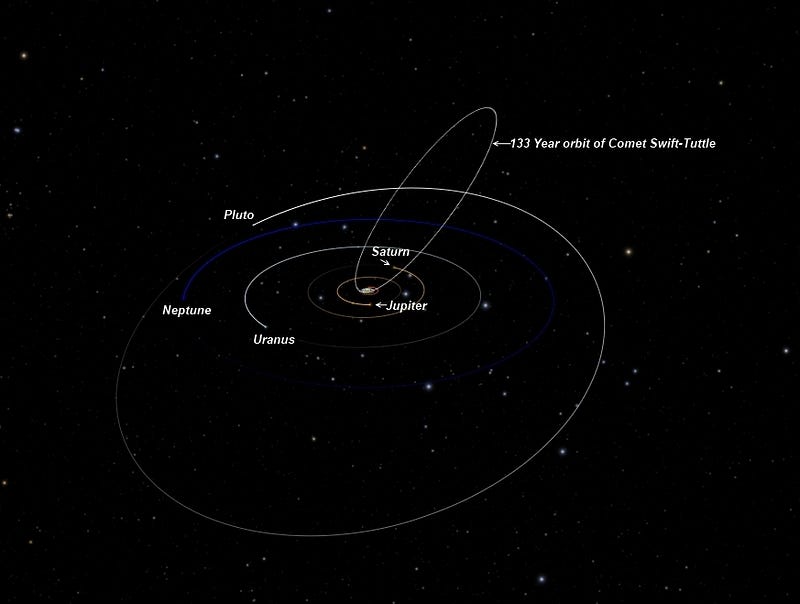
But with every pass into the inner Solar System, there’s a chance that one of the gas giant planets will influence this comet’s orbit. There’s a chance that, just like the Perseid stream was thrust into Earth’s orbital path this year, someday in the future, this comet will achieve a collision course with Earth. Each orbit contains, on average, a 0.000002% probability of the comet hitting Earth. This might seem small, but it’s six times greater than your odds of winning the Powerball. Only in this case, it would be the ultimate cosmic loss. Comet Swift-Tuttle is 26 kilometers in diameter, making it 260% the width of the asteroid that wiped out the dinosaurs, and it moves at four times the speed that the dinosaur-killer moved at whenever it crosses Earth’s orbit. Put all that together, and a direct impact would cause approximately 28 times as much energy to be released as the most massive extinction event of Earth’s past 100 million years.
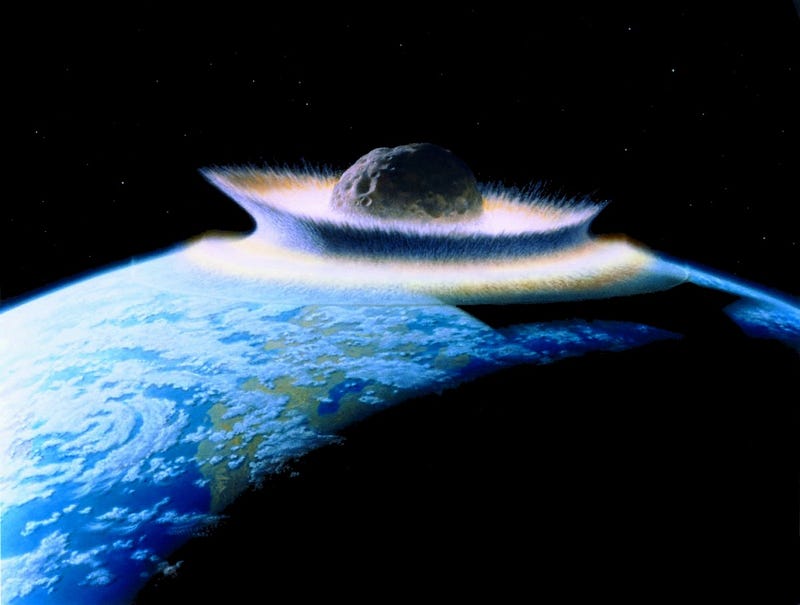
The way scientists classify the likelihood of a collision between an asteroid-or-comet and a planet is by measuring its MOID, or the Minimum Orbit Intersection Distance. If these were the only two objects orbiting the Sun and there were no mutual gravitational interactions between anything else, how close, given enough orbits, would this comet close to us? The answer is a frighteningly low 0.000892 A.U., where anything less than 0.05 A.U. is deemed as “potentially hazardous.” That corresponds to a minimum distance of just 133,000 km, which is only about a third of the Earth-Moon distance. In fact, if we query the NASA Solar System Dynamics database and ask it what all the objects are that are larger than just 50 meters and will pass within 0.001 A.U. of Earth, we find that there are only four.
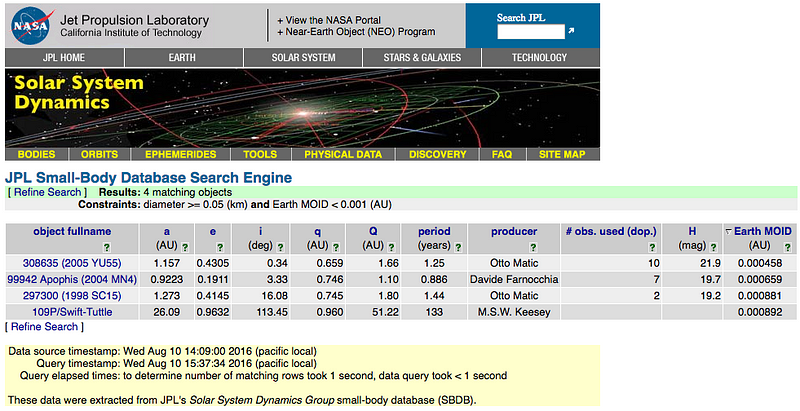
And the other three are slow-moving asteroids no larger than 400 meters across, while Comet Swift-Tuttle is 26,000 meters across! Any of the others would be enough to cause tremendous regional devastation, destroying a city if it collided with one, causing a tsunami ten times as destructive as the one that famously hit Japan in 2011 and resulting in a crater the likes of which Earth sees perhaps just once every 100,000 years. Such a strike would be 10–100 times more destructive than the meteor strike that created the famed Meteor Crater in the southwestern United States.
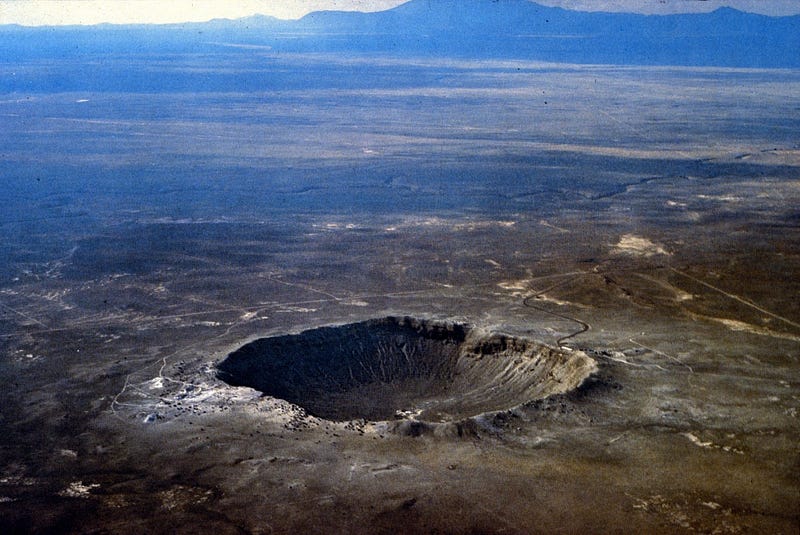
Yet if Swift-Tuttle were to strike Earth, it would release more than one billion MegaTons of energy: the energy equivalent of 20,000,000 hydrogen bombs exploding all at once. Without a doubt, the comet that gives rise to the Perseids is far and away the single most dangerous object known to humanity. We have a few thousand years of surefire safety ahead of us, but subsequent to that, gravitational interactions are unpredictable, and could lead to the greatest collision in Earth’s history since the creation of our Moon.
So enjoy looking up at the Perseid meteor shower this (and every August), and when you do, think about how fortunate we are that this comet has missed us in every orbit up until now. Someday, unless we continue to get very, very lucky, this meteor shower may become a portent of humanity’s — and possibly life on Earth’s — demise.
This post first appeared at Forbes, and is brought to you ad-free by our Patreon supporters. Comment on our forum, & buy our first book: Beyond The Galaxy!





